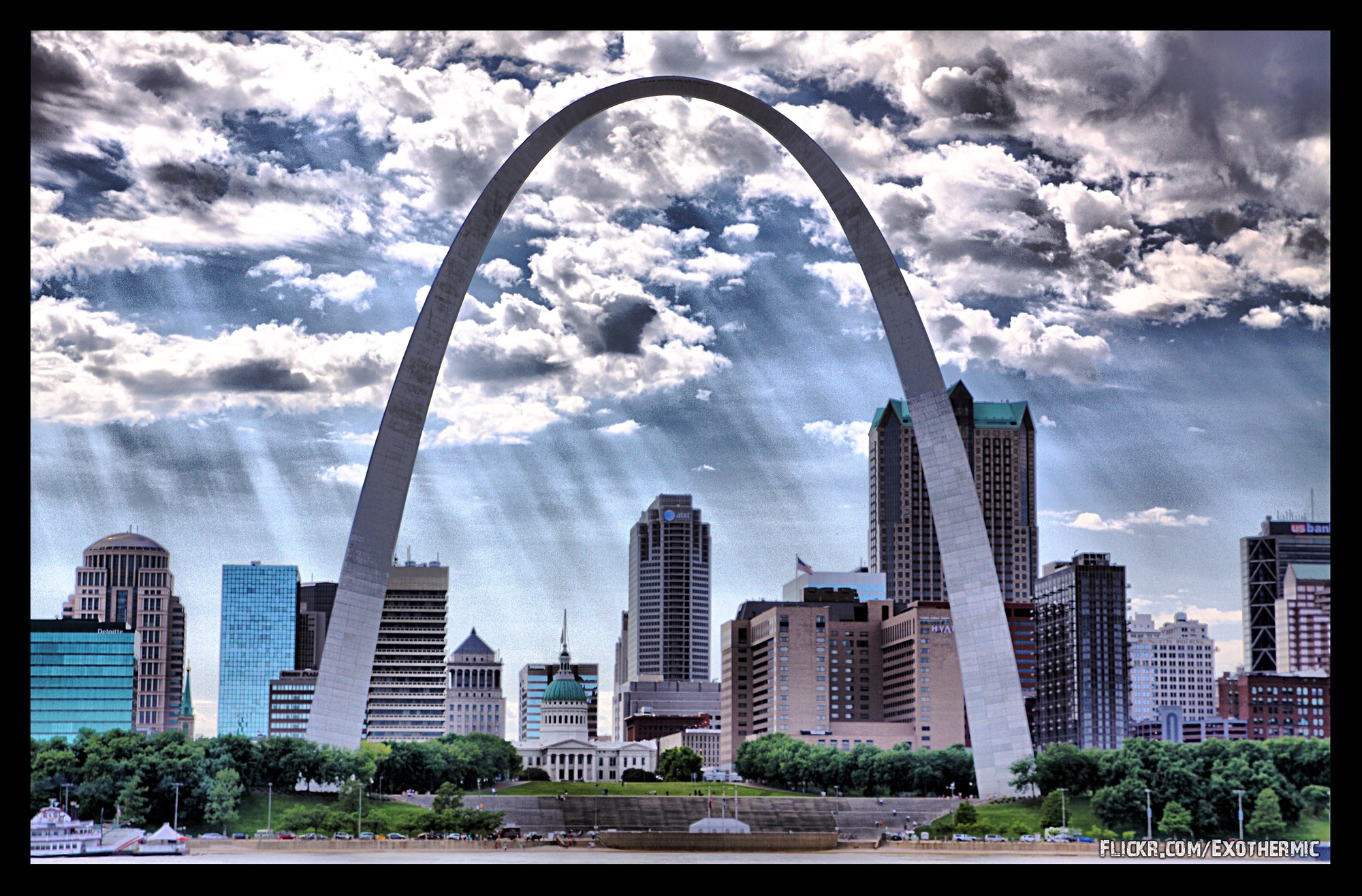Hang a uniform chain from a two fixed points, it naturally forms a shape called catenary. In this shape, tension force in the chain and the gravitational force balances. It is not parabolic shape, even though it looks like one. People found the equation for this curve with great difficulty.
y = a*(e^(x/2)+e(-x/2))/2
Here e is the famous constant 2.71.., a is the constant of chain. X and Y are graph axes.
Diamond necklace hanging from a girl's neck; freely hanging electric cables; the silk thread on a spider's web; the suspension bridge across the river; all take catenary form.
Invert the catenary, you get an arch. It is the most stable form, an arch can have. It does not bend or buckle. It will freely stand under its own weight and minimal amount of material is required for construction. Hence it is widely used in architecture.
The catenary has been immortalized in one of the worlds most imposing monuments, the gateway arch in st. Louis, Missouri. Its top towering 630 feet above the Mississippi river.
e BOOK AVAILABLE IN KINDLE STORE
 |
________________________________________________ |


Comments
Post a Comment